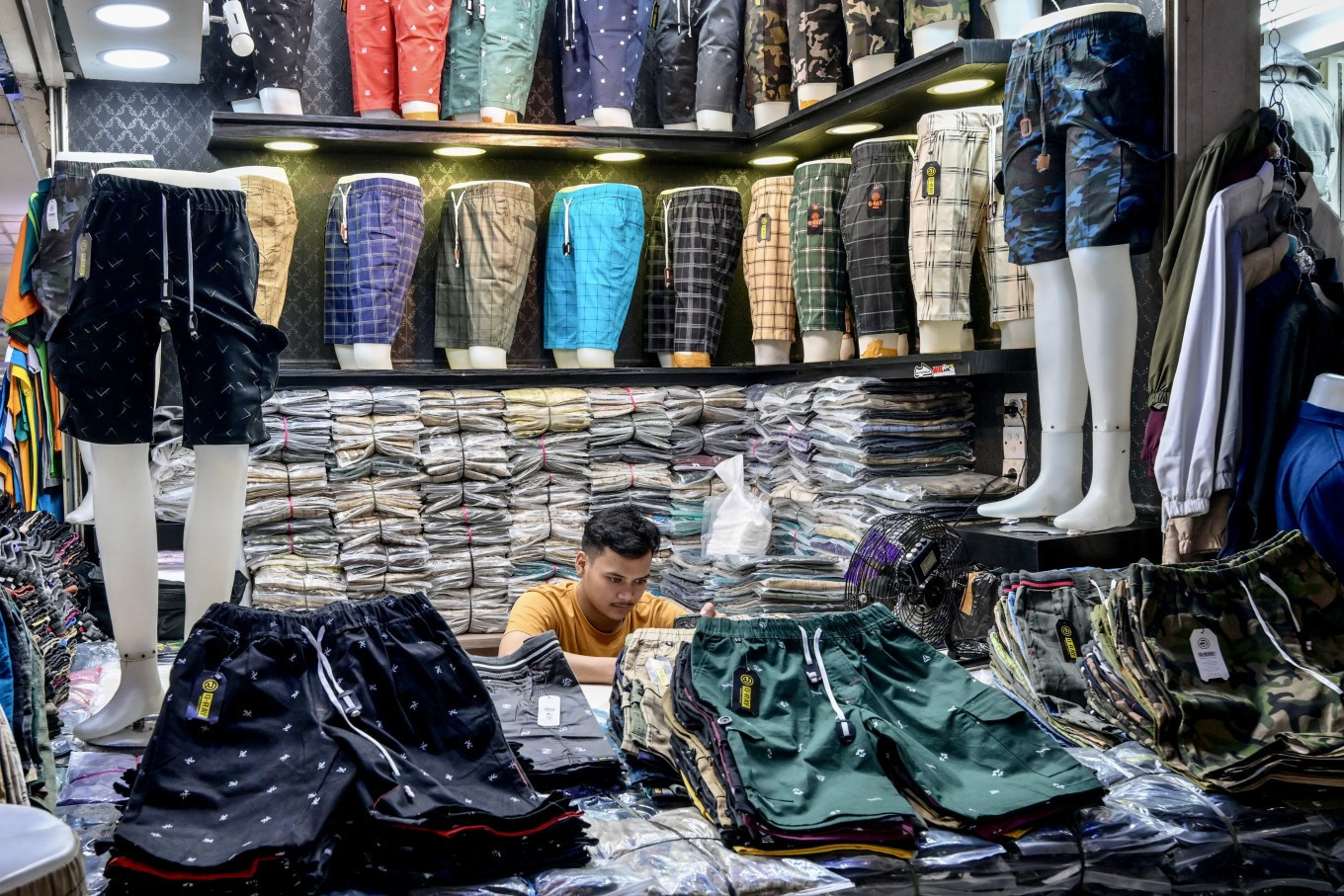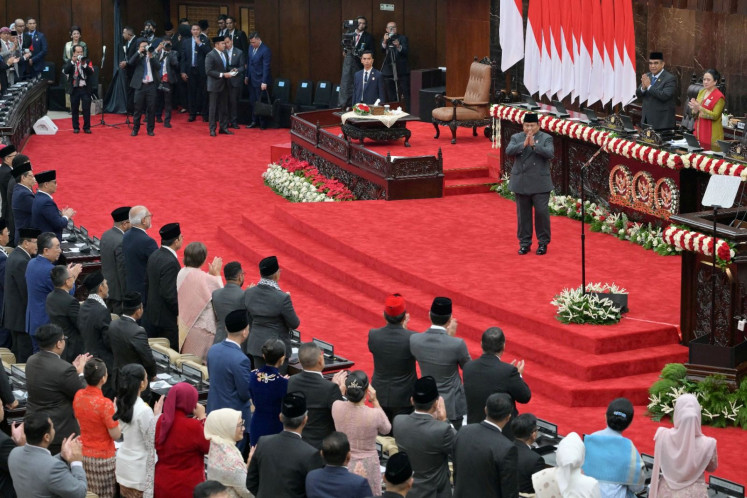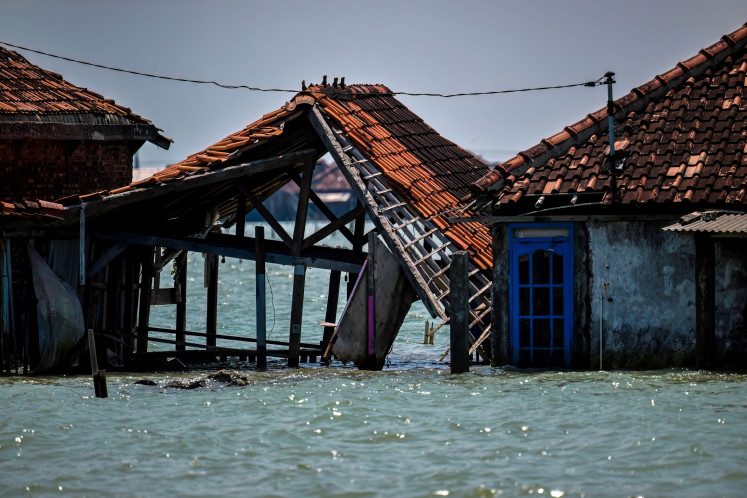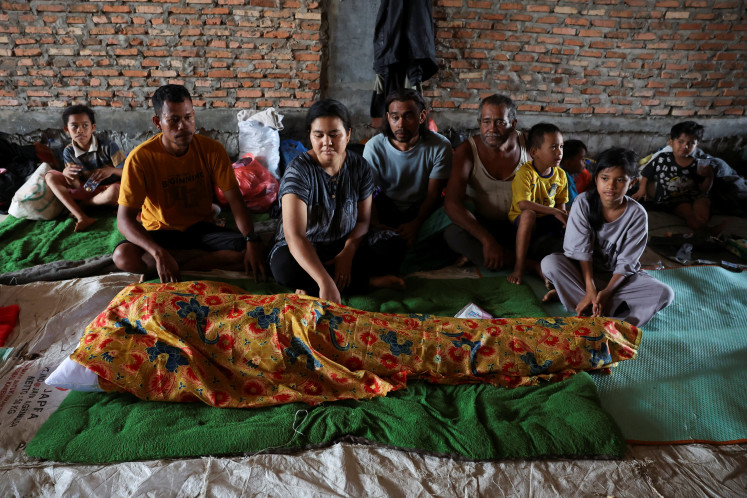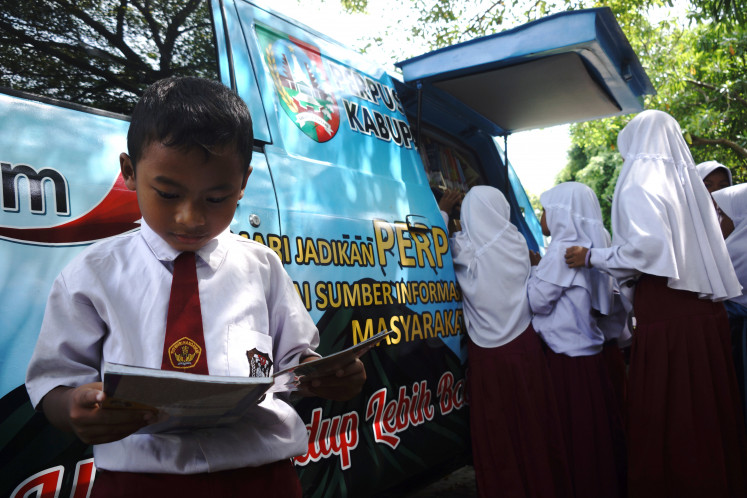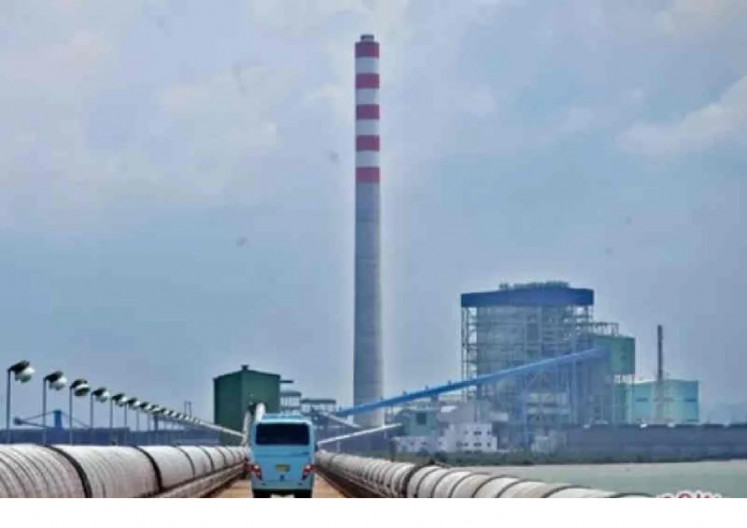Popular Reads
Top Results
Can't find what you're looking for?
View all search resultsPopular Reads
Top Results
Can't find what you're looking for?
View all search resultsAnalysis: Indonesia’s 5.12% Q2 growth defies forecasts, fuels skepticism
Change text size
Gift Premium Articles
to Anyone
T
he economy expanded 5.12 percent year-on-year (yoy) in the second quarter, defying expectations of a slowdown and igniting debate over where the growth is coming from and why many Indonesians say they cannot feel it. In a climate of public skepticism, every decimal point carries weight.
The 5.12 percent figure from Statistics Indonesia (BPS) sharply beat forecasts from Bloomberg and Reuters surveys, both at 4.8 percent, the World Bank (4.7 percent), the IMF (4.65 percent) and the University of Indonesia Institute for Economic and Social Research (LPEM UI) at 4.7-4.8 percent, while most securities houses and economists at state-owned banks put the figure below 5 percent. It therefore surprised most economists who had argued that maintaining 5 percent growth was difficult amid weakening purchasing power.
Members of the Indonesian Chamber of Commerce also questioned the BPS figure, noting that consumer demand remains weak. On the ground, consumer restraint is evident in the viral slang “rojali”, a portmanteau of rombongan jarang beli meaning groups that rarely buy, and “rohana”, from rombongan hanya nanya-nanya meaning groups that only ask for prices, both of which have become shorthand for window-shopping. Tax revenue in the first semester, a key indicator of economic activity, fell 19.7 percent compared to the same period last year.
While first-quarter growth of 4.87 percent was lifted by the seasonal consumption surge over the Ramadan and Idul Fitri holiday period, the second quarter (Q2) lacked a similarly significant driver, apart from the school holiday in June. Household consumption, which makes up 55 percent of gross domestic product (GDP), grew just 4.96 percent, contributing 2.64 percentage points to overall Q2 growth. This modest rise hints that the headline number rests on narrower sources of expansion. BPS explained that Q2 growth was driven by the five sectors of manufacturing, agriculture, trade, construction and mining.
The contrast between BPS data and the manufacturing Purchasing Managers’ Index (PMI) of S&P Global only deepens the puzzle. The manufacturing PMI has been in contraction territory since April, registering 49.2 in July after a low of 46.7 in April, with any reading below 50 signaling contraction. Export orders, employment and purchasing activity remain low. July marked the third decline in export orders over four months, suggesting waning global demand for Indonesian goods. Yet BPS data show that manufacturing output grew 5.68 percent, a contradiction that economists say warrants closer scrutiny.
Research from the Institute for Development of Economics and Finance (INDEF) suggests this manufacturing growth is concentrated in just 32 percent of manufacturing subsectors that grew faster than the national average, along with wholesale and retail trade, while the majority of subsectors lagged. The headline figure, then, appears driven by a handful of outperforming industries.
Some of the fastest-growing subsectors raise further questions. Machinery posted an 18.75 percent surge despite the sector’s heavy reliance on imports, suggesting the boost came largely from imported equipment rather than domestic capacity. Nonmetallic minerals and basic metals also rose sharply, but analysts say these gains might reflect short-term construction and infrastructure activity rather than lasting industrial competitiveness.

